For many decades, the various Chinese military forces used an interesting variety of different weapons. Some purchased under contract, some locally manufactured, and some captured. One such captured weapon was the Type 38 Arisaka rifle. The Japanese lost a significant number of them in China, and they were not overlooked by their captors. Once China had adopted the SKS and then AK as front-line weapons, a large number of captured Type 38s were converted to use the standard 7.62x39mm cartridge.
I like the idea of a nice light carbine in that caliber, but what makes these guns particularly interesting to me is the variety of ways the conversion was done. Some guns were converted in batches by decently equipped shops, while others were made in a much more independent, ad hoc manner. We have photos of two converted Type 38s, one relatively typical and one less so:
The top rifle is of the most common type, converted as part of a fairly organized effort. The bottom one is much more like a field conversion. The major element in both conversions was replacement of the original barrel with an SKS barrel, but clearly done in different ways. The more official guns had the triangular Arisaka front sights put back on the new barrels, while the more unique gun used the SKS barrel complete with bayonet, front stock cap, and bayonet.
The other major element of a caliber conversion like this is the magazine, and there were several techniques for doing this. Some rifles simply had no changed made to the magazine. Some, including our top one, used a sheet metal stop and notched follower to hold the 7.62 rounds in the rear of the magazine. Others, including our bottom one, used a shortened follower and block in the back of the magazine to hold the rounds to the front.
The bolts and extractors were not modified as part of these conversions, and they work pretty well with the 7.62 cartridge. I spent some time at the range with the top rifle, and it never failed to extract. It would occasionally fail to feed or drop an empty case before reaching the ejector if I did not operate the bolt smoothly. Interestingly, no effort appears to have been made to regulate the sights for the conversion, as the rifle I was shooting was about 3 inches high at 25 yards and a good 2 feet high at 200 yards (at the lowest sight setting).
Finally, it is interesting (to me, anyway) to note that the bottom rifle has a handmade stock. It has a slightly different contour, no characteristic splice in the butt, and is pretty crudely relieved under the action. It also has a rear sight from a different model of Type 38, and has been cleanly scrubbed of Japanese insignia (though the serial number was left intact).
Banzai article on Chinese Arisaka conversions
First example of a Chinese converted 7.62x39mm Arisaka:
Second example of a Chinese converted 7.62x39mm Arisaka:


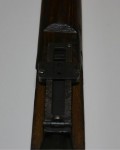











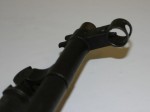


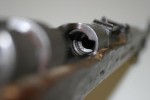
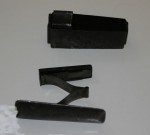
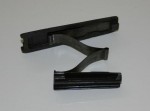
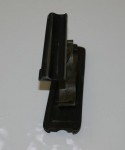
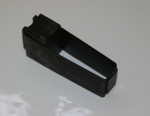
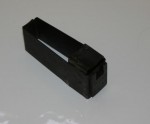
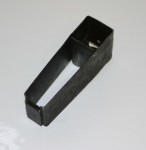
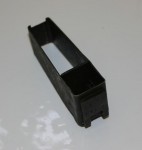
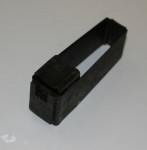
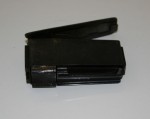



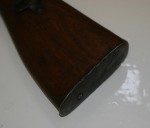














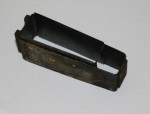
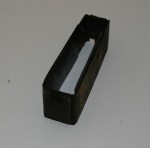
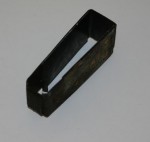
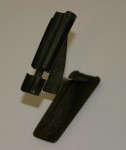

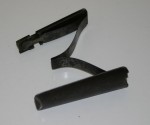
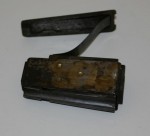

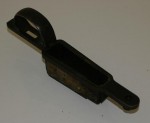
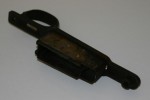
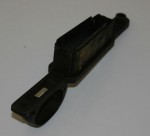


I wonder why they would go to the trouble of converting these carbine, yet not bother to calibrate the sights to the very different ballistics of 7.62×39. It just doesn’t make sense.
I’m not sure. Most likely reason being that inside 300m it’s more or less within an inch or two. There’s not really a ton of “calibration” needed.
I just came across this because I happened across an Arisaka T38 with Chinese arsenal proof markings and no chrysthanemum. My understanding is there was a province in China that was authorized to produce them towards the end of the Boxer Rebellion (as the Murata was phasing out).
We have no weapons for our PLA to protect our country and people,we have to repair the old guns or have it’s diameter changed
I have a type 99 in 7.62×39 .
Did you have to modify your follower, magazine spring/box for your Type 99 in 7.62×39? Thanks
@ Tom Royal – second example here is a type 99 , several late war characteristics; but single gas relief hole in receiver is give away for a Type 99 starting point.
共产党改造后的口径就代表已经失去收藏价值了
I have a type 38 Arisaka carbine converted to 7.62 x 39. The original barrel was set back ,rechambered and rebored and rifled. The magazine was altered to feed the shorter 7.62 x 39 ammo. The bolt face has been altered along with the extractor.The sights are original and work fine ! No zero problem.
The Chinese also produced a T53 Single Shot Initial Bullet Speed Testing Carbine in 7.62 x 39. It was used to test 7.92 x 39 ammunition. Only a couple of examples of the carbine were imported into the USA.